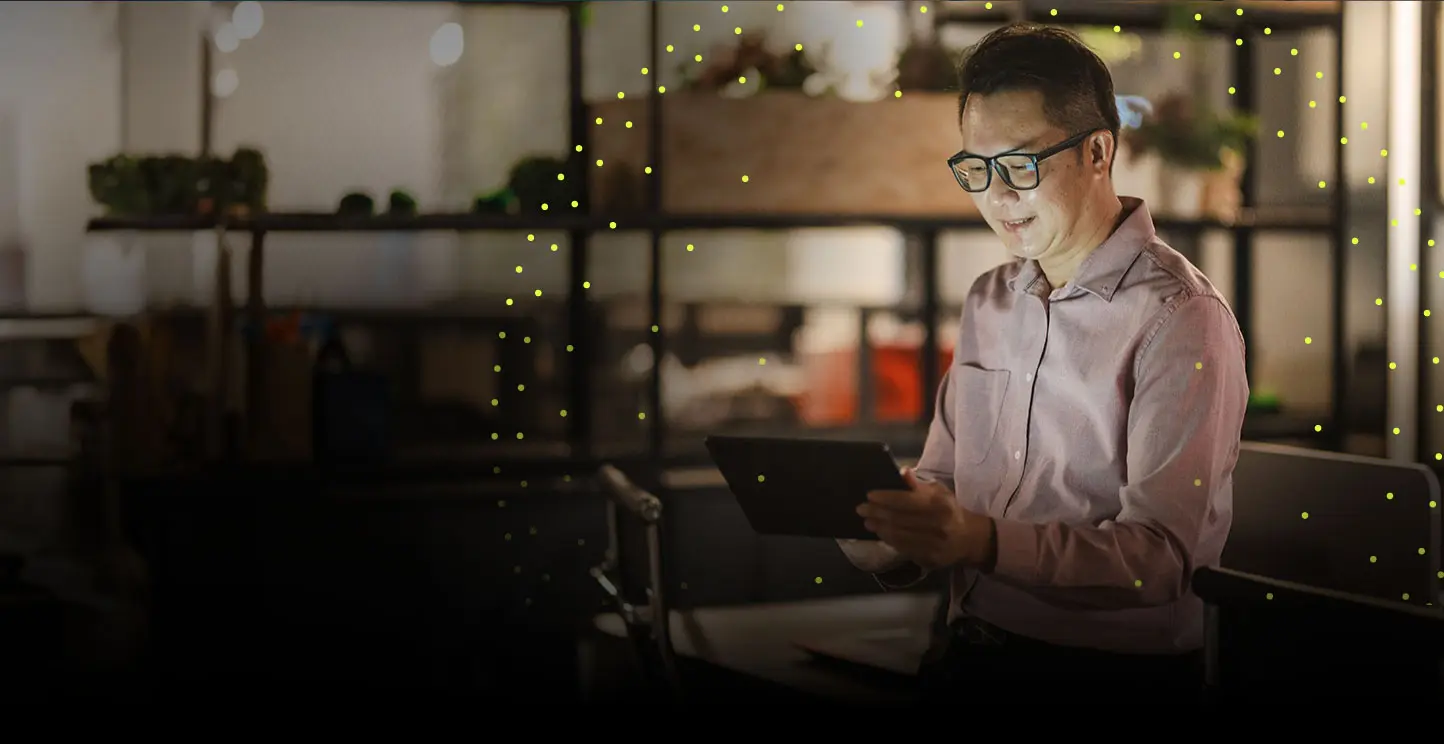
Discover ideas that help you stay ahead of the curve
Your one-stop shop for the latest in education, technology, and everything in-between.
Meet Our Authors
Get to know the people behind our thought leadership.
-
Sudeep Banerjee
SVP, Workforce Solutions
-
Rishi Raj Gera
Chief Solutions Officer
-
Laura Hakala
Online Program Design and Efficacy
-
Dipesh Jain
VP - Sales & Marketing
-
Prasad Karanjgaonkar
VP, Engineering
-
Tarveen Kaur
Director- Accessibility Services
-
Ammar Khomusi
Associate AI Engineer & Strategy Consultant
-
Akhil Pawa
Director, EdServices
-
Shilpa Saxena
Director- Learning Efficacy
-
Amandeep Singh
AI Specialist
-
Taranjeet Singh
Director, Program Management
-
Eric Stano
VP, Consulting, Curriculum, and Product Strategy

Stay informed.
Get the latest edtech updates delivered to your inbox.











